Graham Reid | | 2 min read
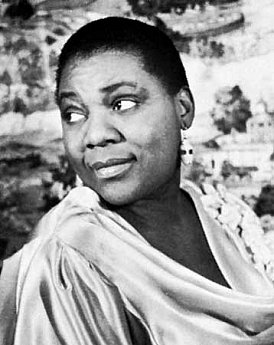
It wasn’t just because he discovered Bessie Smith that Columbia executive John Hammond sank money into recording her in 1933 when her money was all gone.
Columbia was all but bankrupt and Hammond scuffling for bucks himself. But to the end of his life Hammond simply believed Bessie Smith to be “the greatest artist American jazz ever produced.”
A "jazz" artist, this legendary blues singer whose career went from pulling a phenomenal $50,000 a year (in the late Twenties) to alcoholic impoverishment?
Yes, jazz because of her ability to improvise around standard chord changes and bend lyrics to suit the different songs she heard in her head. But Smith was also “Empress of the Blues,” a title she still carries almost 90 years after her death from injuries sustained in an auto accident compounded as she waited for a “blacks only” ambulance.
More than three decades ago Hammond – who also discovered talents as diverse as Bob Dylan, Bruce Springsteen, Billie Holiday and Count Basie for Columbia – embarked on reissuing all of Smith’s 160 recordings and the whole package was released on drip-feed CD as part of Columbia’s Roots’n’Blues series.
The Complete Recordings Volume One (38 songs over two CDs) opens with Downhearted Blues, her debut recording from 1923 which sold more than 80,000 copies – an extraordinary number given the period and which inspired Columbia to form its Race Series, recordings aimed at the black market.
It was the label’s first pop hit and they couldn’t believe their luck. But Smith was bigger than the black community and her voice, which could nail a note dead centre, then slide just enough to colour a phrase, transcended colour and time.
Listening to these cleaned up (but still nicely scratchy) recordings today is little short of a revelation. Take two of the four songs recorded over two sessions at the centre of the first disc for example. Recorded in April 1923 -- only the third time she had been in a studio -- Smith (with Fletcher Henderson on piano) shapes a classic blues on Mama’s Got The Blues (“brown skin is deceitful but a yellow man is worse, gonnna get myself a black man...”) then stakes out her intentions with undeniable uncertainty on ‘Tain’t Nobody’s Bizness If I Do.
If she had recorded nothing else but these two songs she would still be in the history books.
Volume One covers only the first 14 months of Smith’s career, which went into spectacular financial and emotional decline within six years while still making astonishing music.
Like the Robert Johnson Complete Recordings, this box set isn’t easy listening.
We live in a time when the million-dollar digital sound is a consumer commodity, fashion statement and often simply an adjunct to the interview or photo session. Smith comes with none of that.
Listen to these songs mindful of their context and their power is undiminished.
Sure, it’s a lot of blues, but, as the man said, why not the best?
This is an updated version of an extended album review of the Bessie Smith box set which appeared in the New Zealand Herald in 1991 but is unavailable on-line at www.nzherald.co.nz

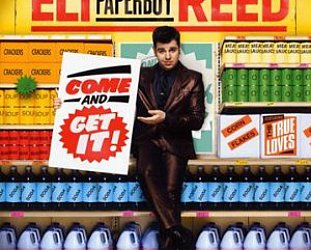
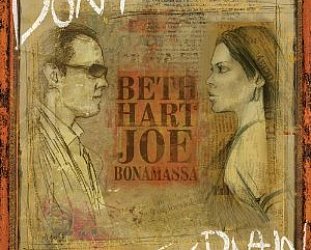
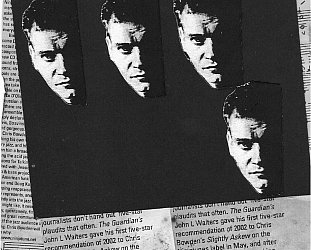

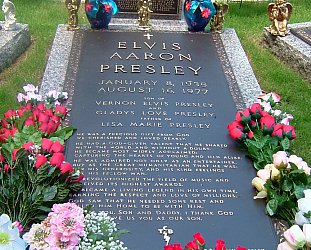

post a comment